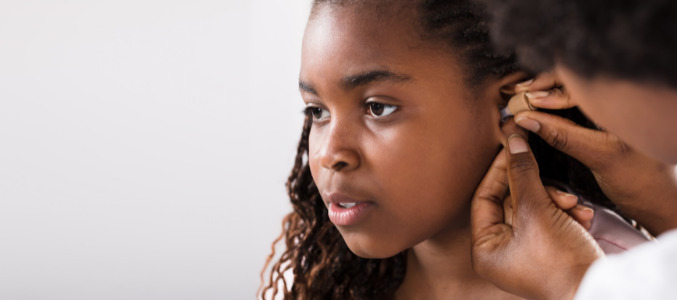
06 Jul Healthcare providers are gatekeepers to clear sound
Hearing aid wearers benefit greatly from the devices but too few people are given comprehensive information about assistive listening technology that could give them an even better listening experience.
According to IHLMA, The International Hearing Loop Manufacturers Association, only 22% of hearing aid users are told about hearing aid accessories such as hearing loops. This is despite the fact that the vast majority of hearing aids dispensed have, or can have, a T-coil fitted which allows users to access audio from a loop.
Hearing loops connect hearing aids to sound from a source such as a microphone, cutting out background noise and giving users a clear, stress-free listening experience in the theatre, at the cinema, out shopping – indeed, in any public space.
Users can access them discreetly with the flick of a switch or the press of a button on their hearing aid. They don’t have to declare their hearing loss or book out extra equipment, and there’s no latency so they experience the sound as it happens.
But without audiologists and dispensers discussing hearing loops and the benefits they offer, people with hearing loss are effectively being denied access to so much they could otherwise enjoy.
Hearing loops are considered by some to be ‘old’ technology when compared to the personalised listening experience apps offer for Bluetooth-enabled hearing aids. But these are often specific to the manufacturer and don’t offer the performance of a loop in one-to-many settings like a church, community centre or lecture hall.
While they may have a long history, loops also have a long future. And hearing aids users have a right to know how to access them.
Ideally, audiology clinics and hearing aid dispensaries would have a hearing loop on the premises so people can experience the benefits then and there. It seems unthinkable that this isn’t currently the case! People being fitted for glasses are given the opportunity to have the frames adjusted to fit perfectly, to make sure the lenses suit their vision and to have the glass cleaned so they can see clearly. There are options for blue light filters, anti-glare coatings and light-reactive lenses. The same should be true for hearing aid wearers.
Access to technology that offers them inclusion starts with awareness and that surely comes from the person issuing the devices. Hearing aids need to be programmed correctly to allow users to access a hearing loop but if they don’t know the technology exists, the user won’t know to ask for it.
Greater awareness drives demand and work being done by both the Hearing Loss Association of America (HLAA) and the Canadian Hard of Hearing Association (CHHA) is seeing loop coverage across the Atlantic flourish.
With the support of dispensers and audiologists, people there will get the listening experience they are entitled to. And because hearing loops are universal technology, that’s true here and, indeed, the world over.

 MADE IN THE UK: We’re proud to say our Contacta designed products are manufactured in the UK
MADE IN THE UK: We’re proud to say our Contacta designed products are manufactured in the UK